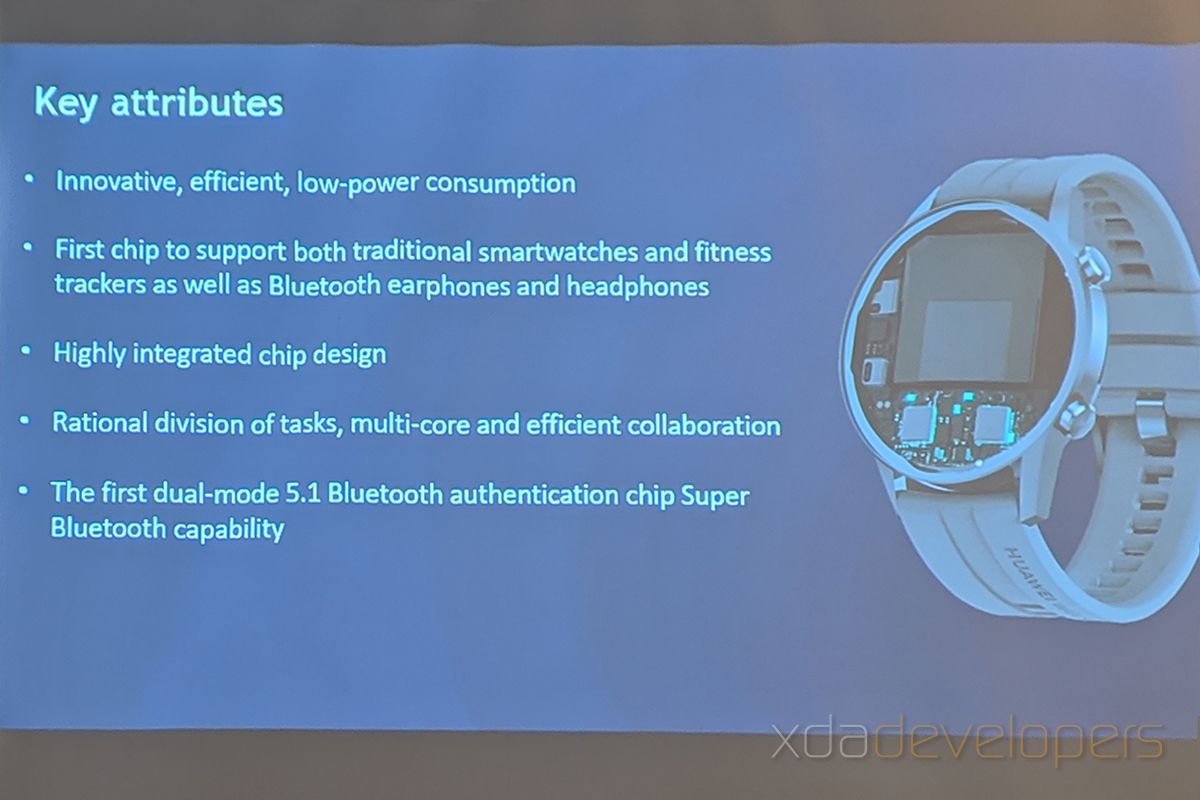When it comes to phone upgrades, we can usually expect the same types of changes in phones from the same series. You will usually see a slightly better camera, the next fastest chipset, new software, and maybe a slightly different design. However, when a phone makes significant changes to improve just about every aspect of the next release, then you will see true evolution of a phone and not just a standard upgrade.
In the case in the Honor 9X, Honor has truly evolved the X-series line to be something much different and significantly better. I have been reviewing the X-series since the Honor 5X and it has always been a solid budget line that provides smartphone basics at an extremely competitive price. Let’s see how the Honor 9X takes the brand in a more exciting direction.
Large Notch-Free Display

Honor 9X Body Design

Honor 9X Full Screen Display

Honor 9X Selfie Camera
If you’re thinking the Honor 9X looks much larger than the other phones from the X lineup, you’re not wrong. By moving the selfie camera to a motorized popup mechanism, Honor was able to fit a dynamic full-view display without any interruption of a notch. This means more of the front of the phone is dedicated to the display. The Honor 9X manages to fit a large 6.59″ display while the body of the phone isn’t much bigger than that of the Honor 8X.

Honor 8X with Micro-USB

Honor 8X in Blue

Honor 8X Display
While the Honor 8X is a great option for the budget phone scene, it feels like a very different phone. With the display noticeably smaller at 6.5″, the notch becomes quite an intrusive feature when compared to the new design of the Honor 9X.
Better Photos at 48MP
The Honor 9X saw a massive jump in photo quality when Honor decided to treat it with a 48MP triple camera. With the 48MP camera being the most exciting feature coming from flagship phones in 2019, this set the Honor 9X right up there with many of the top phones of the year. Along with the 48MP sensor, there is an 8MP Ultrawide lens and a 2MP depth sensor.

Honor 9X 48MP Triple Camera

Honor 8X 20MP Dual Cameras
While the camera of the Honor 8X was respectable, it was clearly a member of the budget phone category. The 20MP sensor was paired with a 2MP depth sensor for the dual camera setup. The 48MP upgrade on the Honor 9X takes the camera from good to great and sets high expectations for future X-series phones.
A Better Design
While the designs of the two phones are similar in some ways, the 9X has improvement everywhere it counts. The 9X finally ditches the micro-USB charge port in place for a USB Type-C. They have chosen to still include a 3.5MM headphone jack at the bottom of the phone, much to the approval of just about everyone. The larger display is also a big improvement, and ditching the notch was a much needed step in the right direction. The 9X is a little heavier than the Honor 8X, but it’s larger size means it is able to fit a larger battery. While the 8X had a decent 3750mAh capacity, the 9X bumped the capacity all the way up to 4000mAh.
| Honor 8X |
Specs |
| Display |
6.5″ 1080×2340 (397 ppi) |
| Chipset |
HiSilicon Kirin 710 |
| RAM |
4/6GB |
| Storage |
64/128GB |
| Main Camera |
20+2MP (Depth Sensor) |
| Selfie Camera |
16MP |
| Battery |
3750mAh |
| Honor 9X |
Specs |
| Display |
6,59″ 1080 x 2340p (391 ppi) |
| Chipset |
HiSilicon Kirin 710F |
| RAM |
6GB |
| Storage |
128GB |
| Main Camera |
48MP+8MP (Ultrawide)+2MP (Depth Sensor) |
| Selfie Camera |
16MP Motorized Pop-up |
| Battery |
4,000mAh |
These improvements make the Honor 9X more than just another routine update for the X-series. It is an evolution into a different phone that points to a much more exciting future for the line from Honor.
Honor 9X Forums
We thank Honor for sponsoring this post. Our sponsors help us pay for the many costs associated with running XDA, including server costs, full time developers, news writers, and much more. While you might see sponsored content (which will always be labeled as such) alongside Portal content, the Portal team is in no way responsible for these posts. Sponsored content, advertising and XDA Depot are managed by a separate team entirely. XDA will never compromise its journalistic integrity by accepting money to write favorably about a company, or alter our opinions or views in any way. Our opinion cannot be bought.
The post The Honor 9X Makes Major Improvements Over the Honor 8X appeared first on xda-developers.
from xda-developers https://ift.tt/2OE0mwZ
via
IFTTT


























